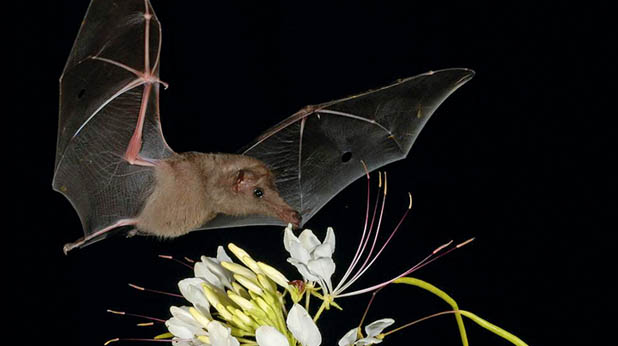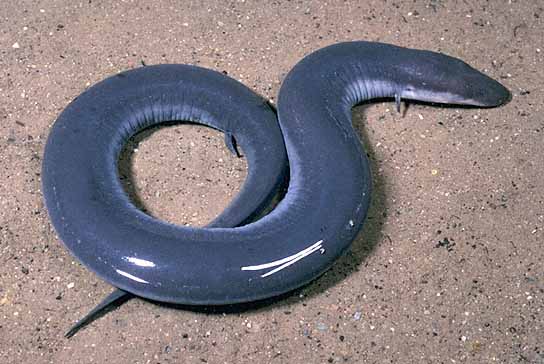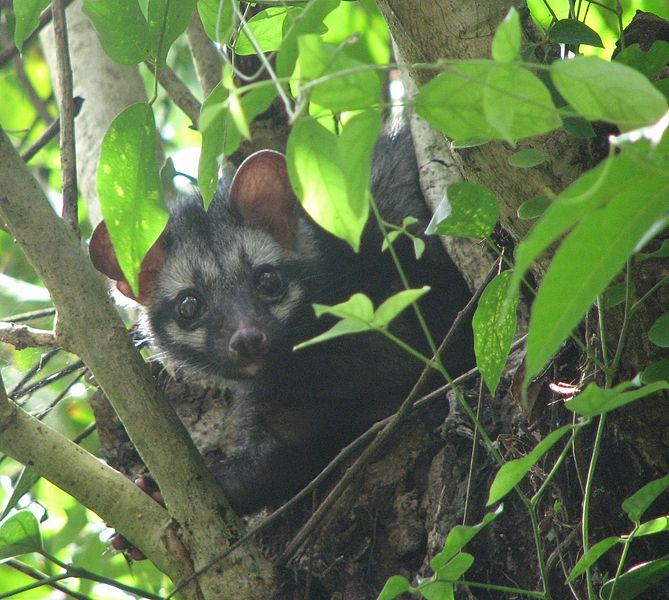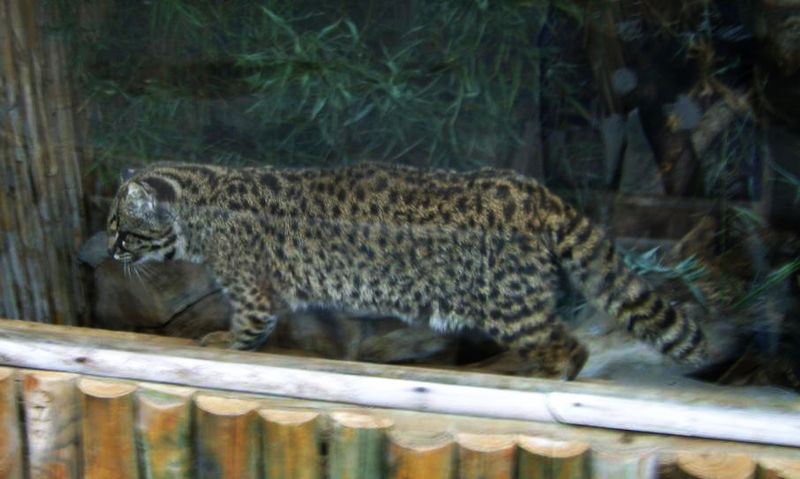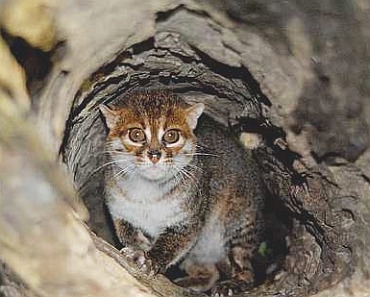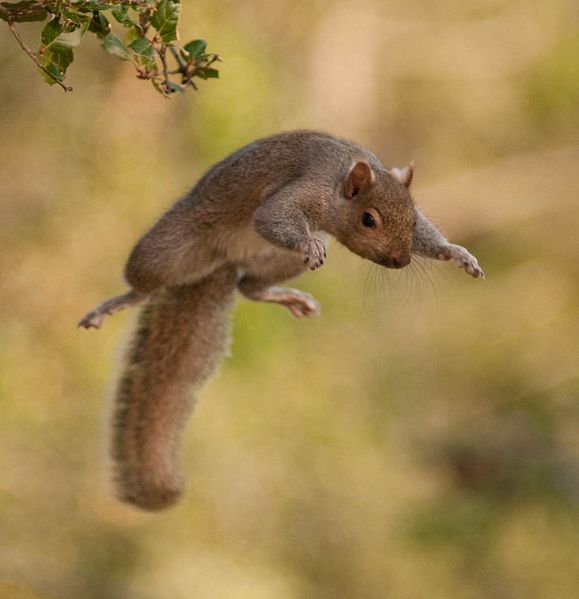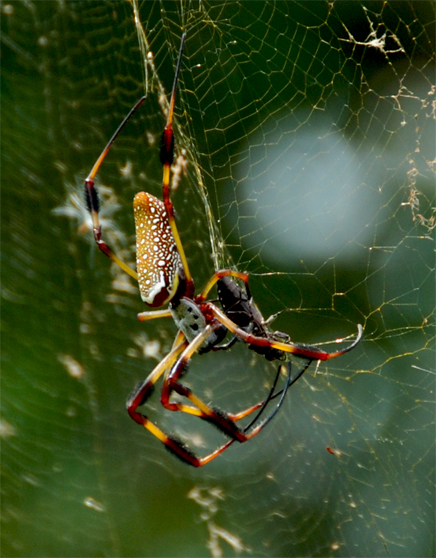Cool Facts About The Banana Bat
- The Banana Bat is also known as the “Trumpet-Nosed Bat” as a result of their elongated snout
- What you can’t tell from their name is this particular bat has a tongue that is approximately 2/3 of their body length, when stretched to the max – Now just imagine this bat licking you
- While it sounds like the tongue of the Banana Bat is incredibly long, we have to remember that this flying mammal is only about 7.7 cm (3 inches) long and weighs a mere 4 grams (0.14 ounces0, so I guess their licking rampage wouldn’t be too bad
Not Your Typical Bat Diet
As the name suggests the Banana Bat does indeed feed on introduced banana plants, however, they also enjoy feasting on the nectar of a variety of plant species including cacti. You may be wondering how they are able to suck the nectar out of cactus without getting a mouthful of spines. Well, remember that long nose and tongue that we just finished discussing? Well, I sure hope you remember as we just talked about this a second ago (you were paying attention, right?). Anyway, they have developed these long feeding appendages to help them reach deep inside of the tube flowers and gather up all the delicious nectar. 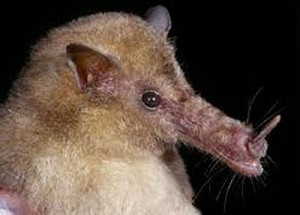
Wait a second. This bat doesn’t feed on insects?
This is not entirely accurate as these bats will consume the occasional insect, however, their ecosystem importance does not come from ridding the world of insects. Instead, these bats provide a great service to all banana lovers. That’s right, since these bats also feed on the pollen of banana trees, they are known to be important pollinators of this tasty fruit. Just think, you may not have any banana’s to eat if it weren’t for the banana bat.
The Disappearing Bananas
Unfortunately the “Trumpet-Nosed Bats” are fighting for their lives. These ecologically important creatures are currently listed as Vulnerable on the IUCN Red List. Just so you know, the next designation on this list is Endangered. That’s right, our precious Banana Bats are in jeopardy of disappearing and their population continues to trend downwards. Luckily, this bat species can be found in a couple of protected areas in Mexico and is listed on the Mexican Regulation for Species Conservation. Hopefully, this will keep the Banana Bat (and bananas) around for a little while longer.

